Dosage
The typical starting dose of Rybelsus is 3 mg once daily for 30 days.
After 30 days, the dose is usually increased to 7 mg once daily.
If additional blood sugar control is needed, the dose may be increased to 14 mg once daily.
It should be taken on an empty stomach, at least 30 minutes before the first food, drink, or other medications of the day, with no more than 4 oz of plain water.
Advantages
Effective in lowering blood sugar: Semaglutide helps reduce HbA1c and fasting blood glucose levels.
Weight loss: Many people experience significant weight loss, which can be beneficial for patients with obesity or overweight and type 2 diabetes.
Convenience: As an oral medication, it provides an alternative to injectable GLP-1 agonists.
Cardiovascular benefits: Semaglutide has shown to reduce the risk of cardiovascular events in patients with type 2 diabetes.
Disadvantages:
Side effects: Gastrointestinal issues like nausea, vomiting, and diarrhea are common, especially when starting the medication.
Cost: Rybelsus can be expensive, especially for patients without insurance coverage or those with high co-pays.
Not suitable for type 1 diabetes: This medication is not approved for use in patients with type 1 diabetes or diabetic ketoacidosis.
Long-term safety: While long-term use data is growing, further research is needed to fully understand the long-term risks.
Side Effects:
Common: Nausea, vomiting, diarrhea, constipation, and abdominal pain.
Serious: Pancreatitis (inflammation of the pancreas), kidney problems, and thyroid cancer (in animal studies, though not confirmed in humans).
Hypoglycemia: When used with other diabetes medications (e.g., insulin or sulfonylureas), it may increase the risk of low blood sugar.
Allergic reactions: Rash, itching, or swelling, especially around the face and throat.
Always consult a healthcare provider before starting or adjusting medication.
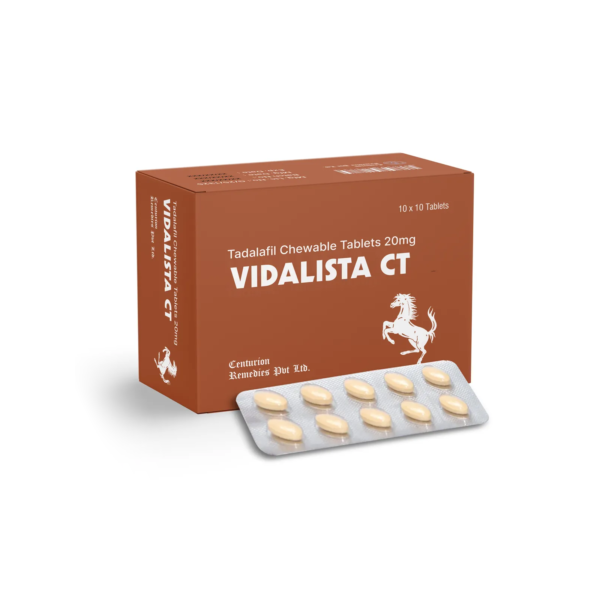

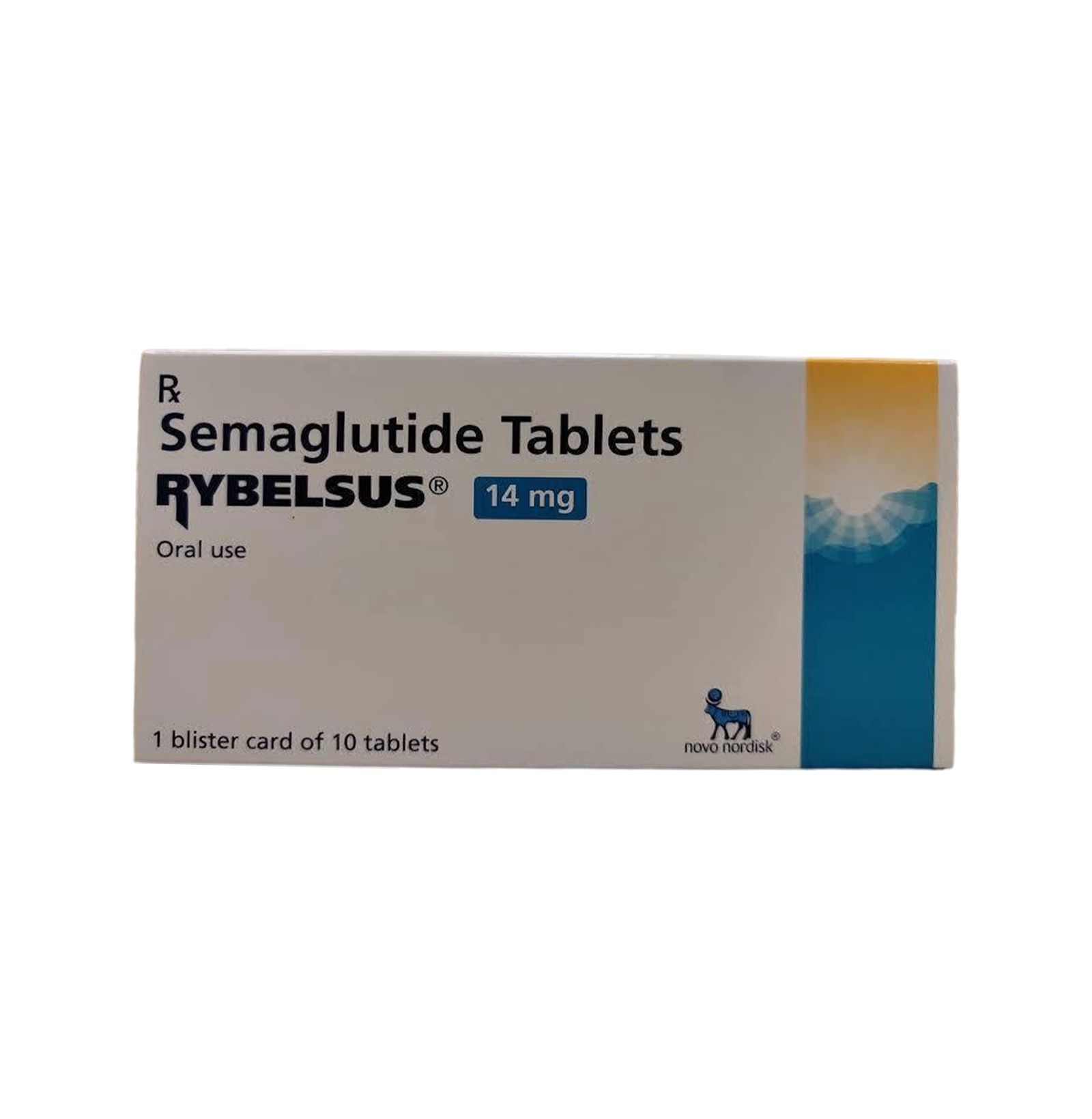
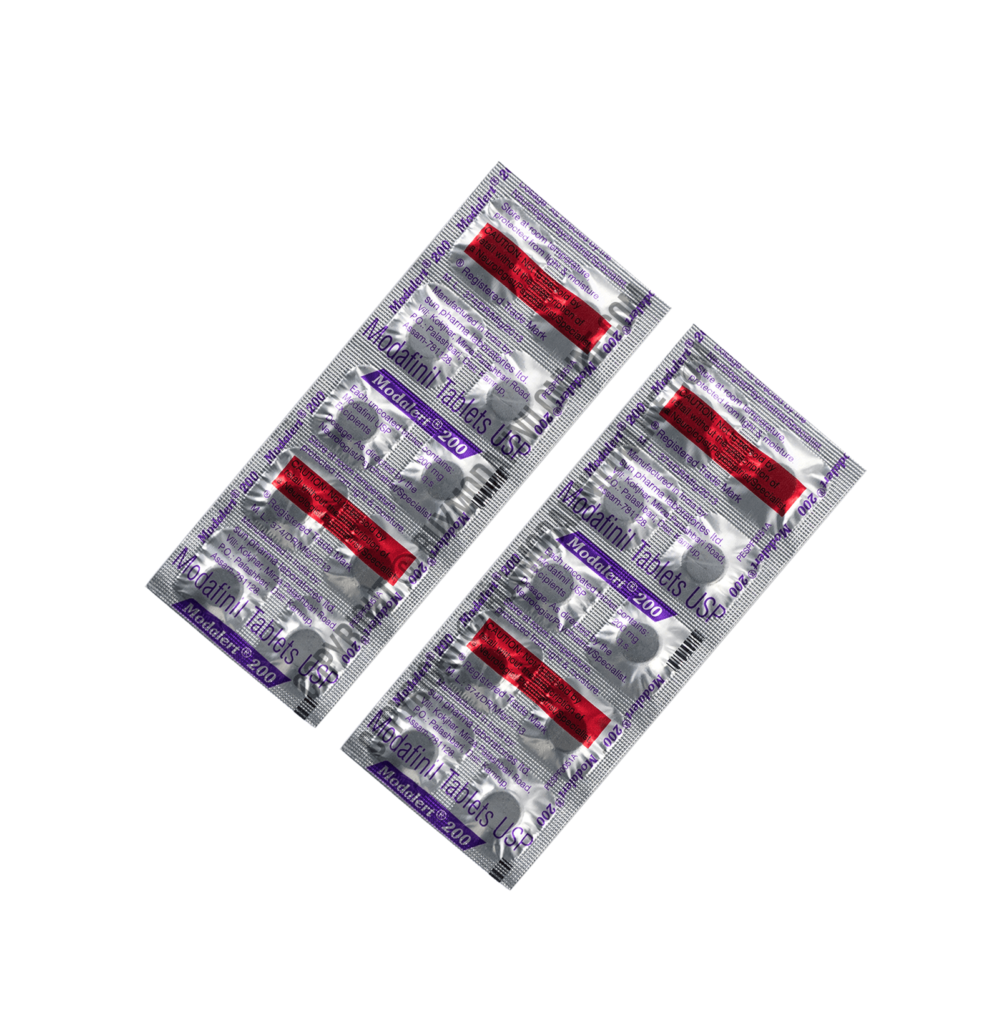
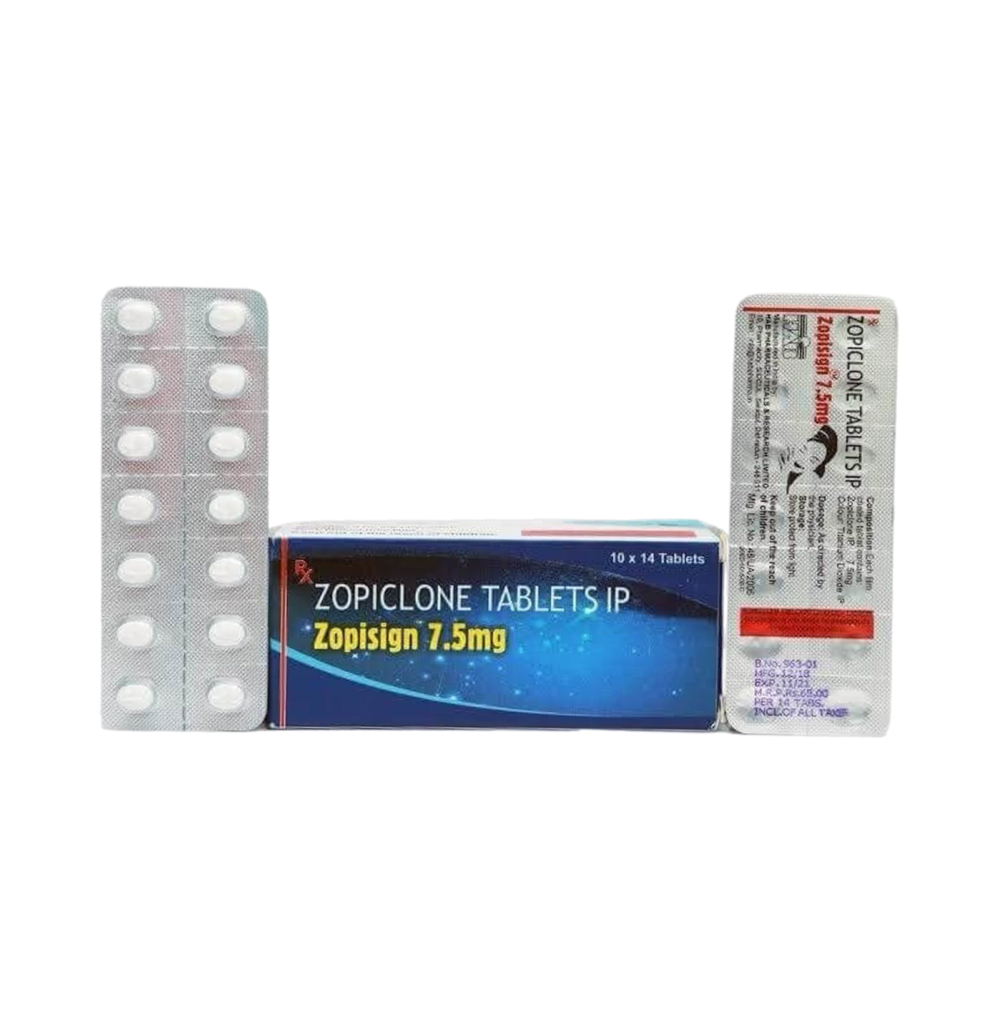
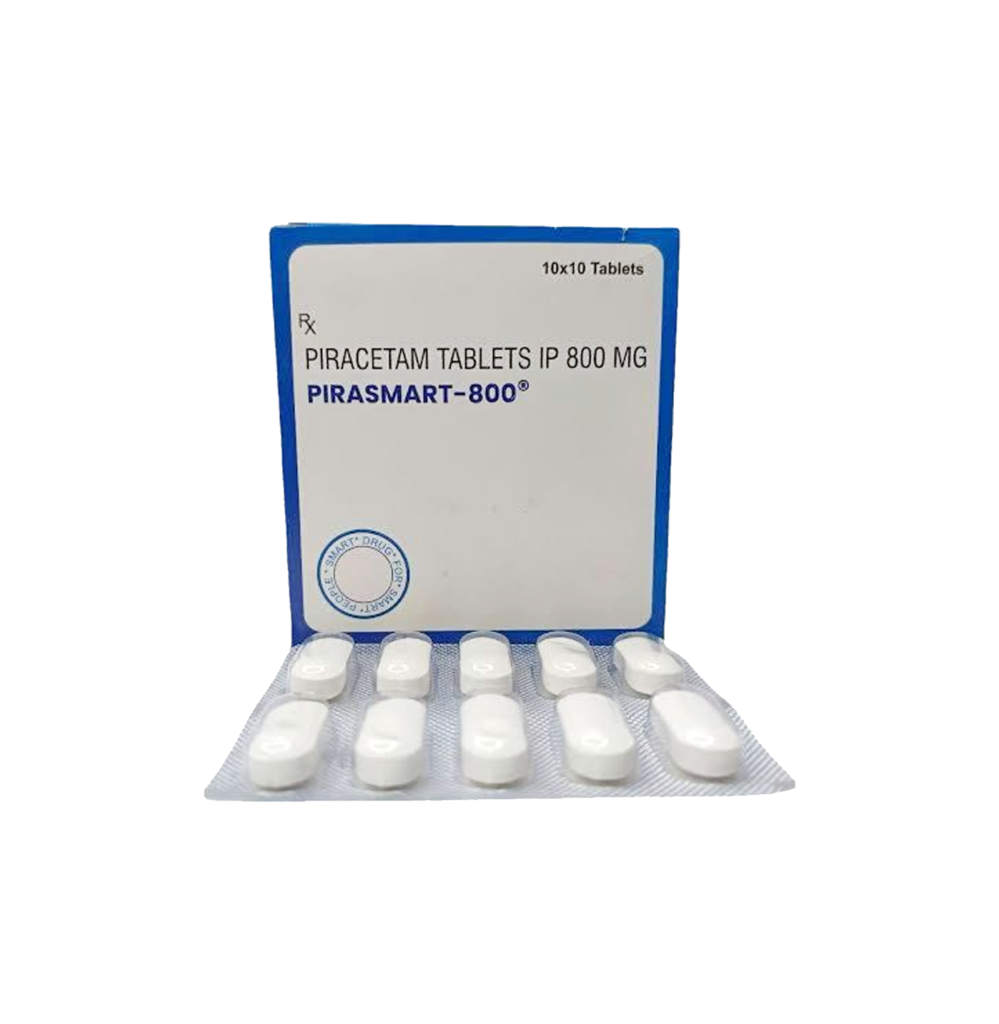

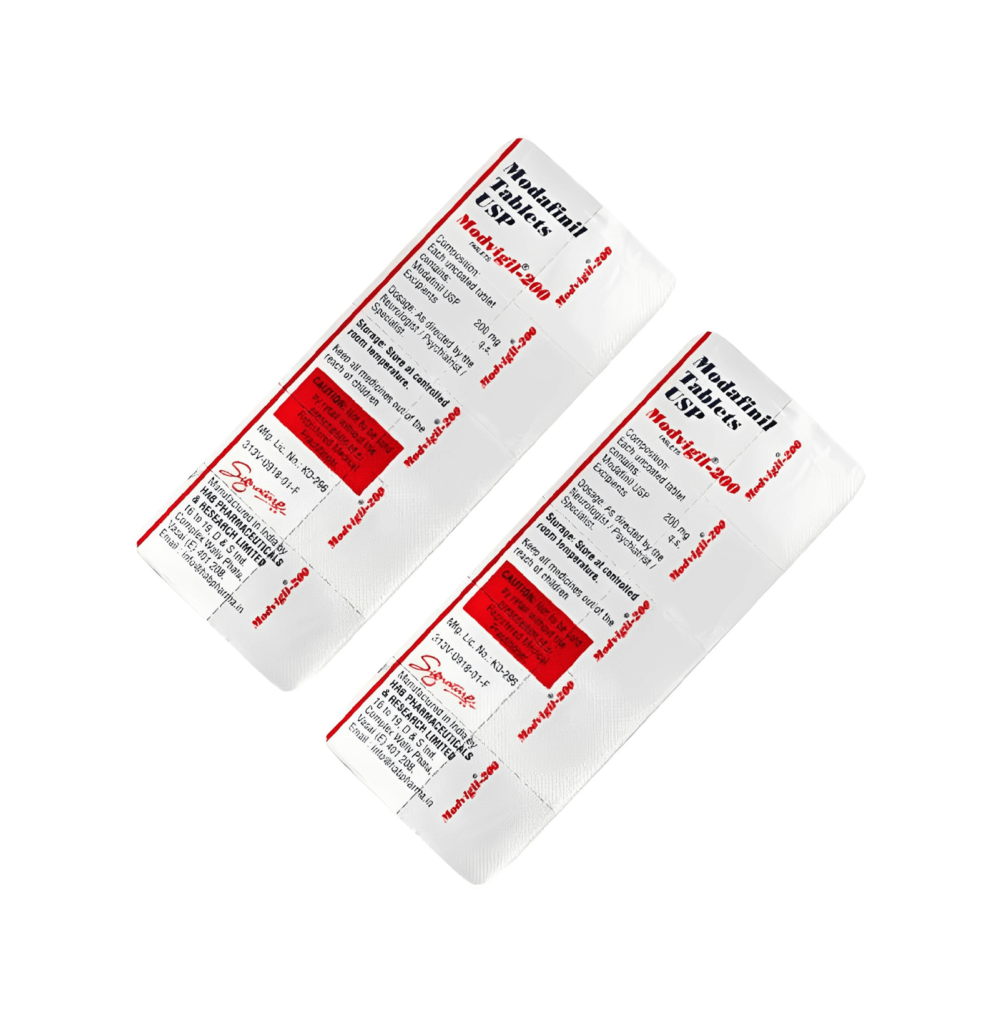
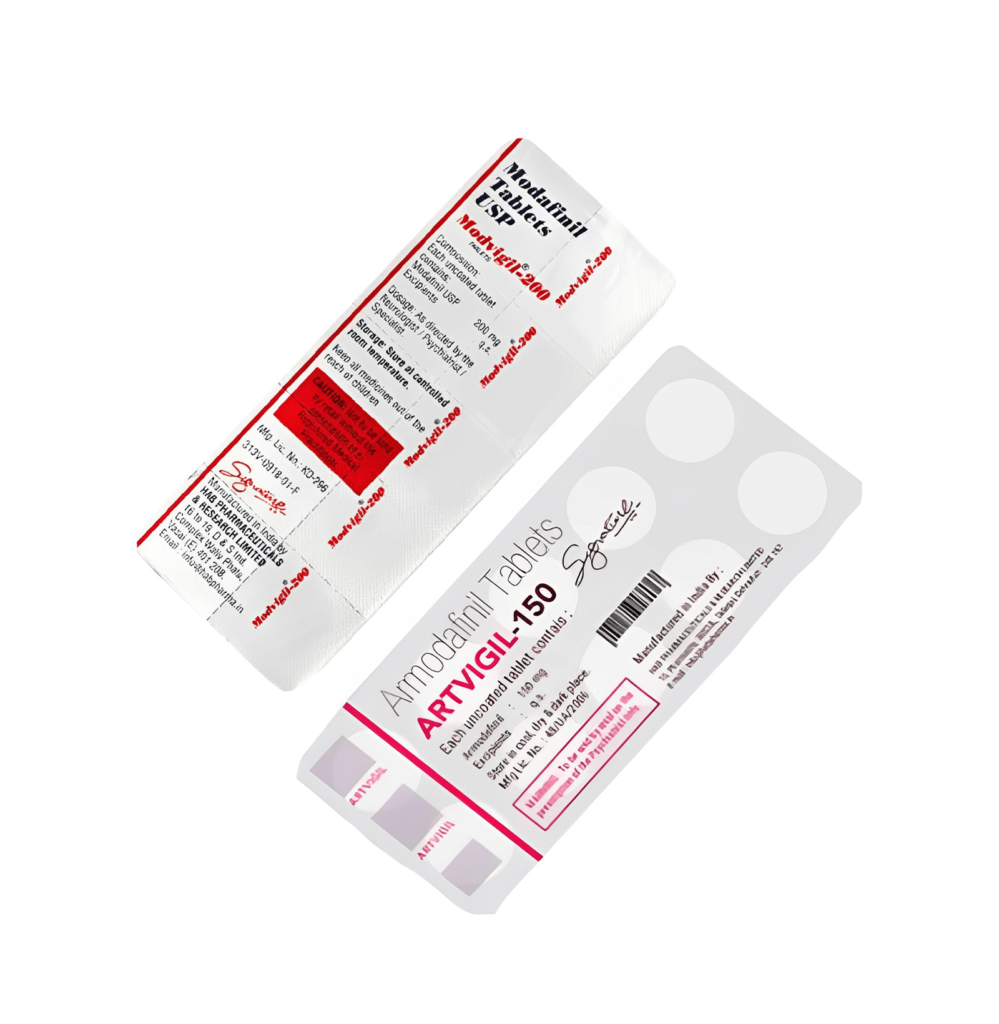

Reviews
Clear filtersThere are no reviews yet.